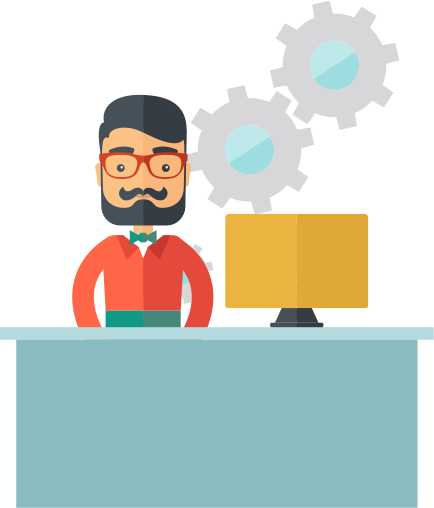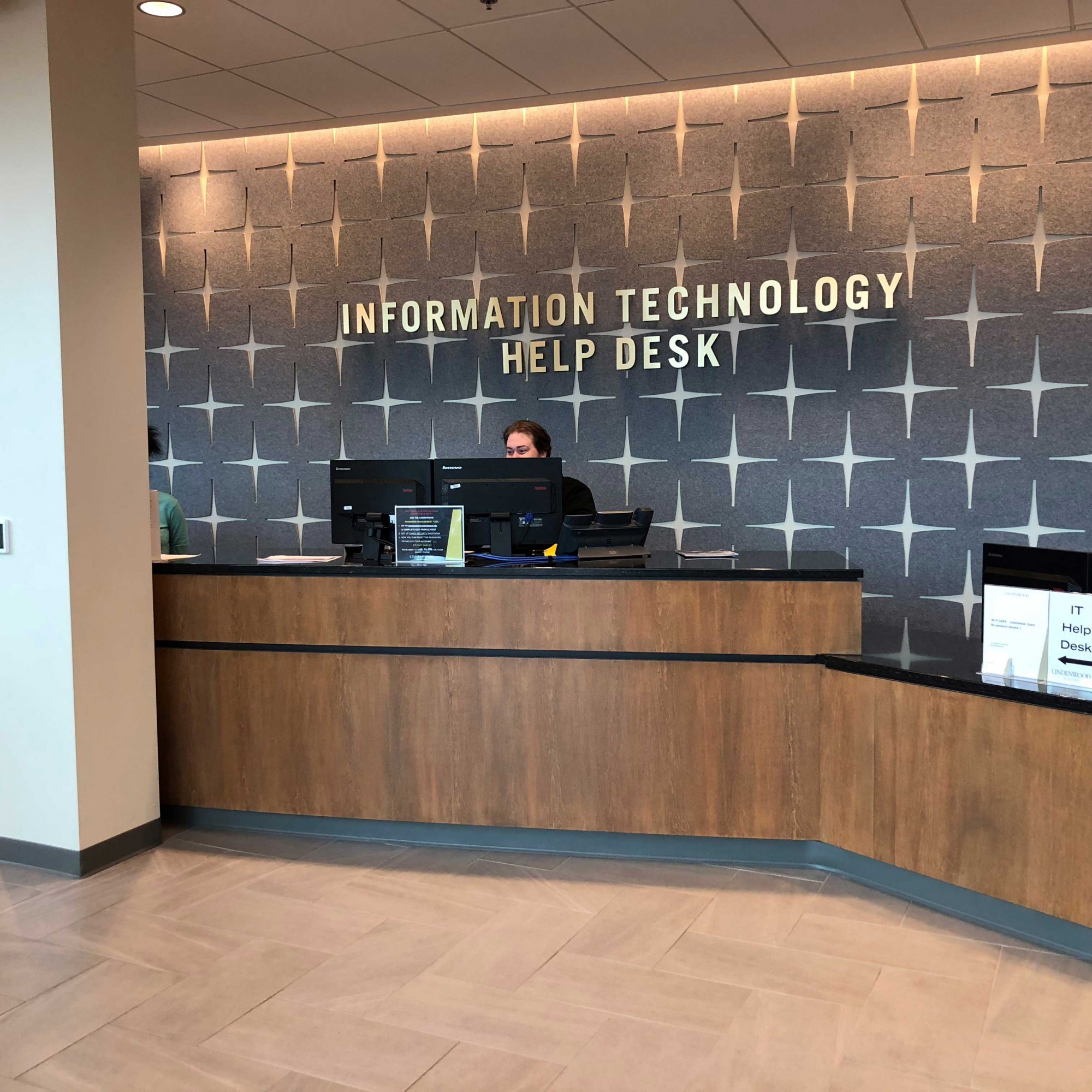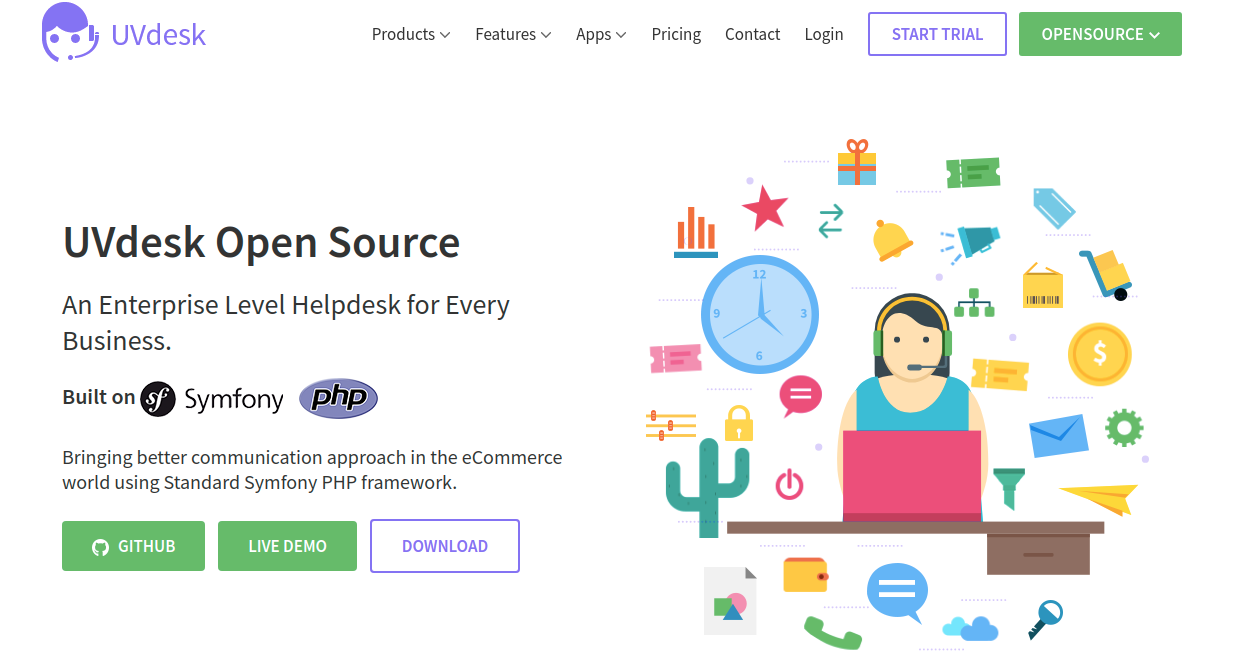Choose the help desk software company that's right for you! Help Desk Software HESK. A surprisingly simple, user-friendly and FREE help desk software with integrated knowledgebase. Download Powerful Service Desk SysAid. Help Desk, asset management, reports & analytics, with best-of-breed integrations in a single workspace. What are Help Desk Software? Help Desk Software are tools intended to provide the customer or end user with information and support related to products and services with the purpose to troubleshoot problems or provide guidance about products usage and instructions.
- Help Desk Interview Questions
- Help Desk Software
- Help Desk Remote Support Software
- Help Desk.kendall Toyota
- Help Desk Software
What is a help desk? Why is a help desk important? What is the best help desk software? Your help desk questions, answered.
Published June 9, 2020
Last updated November 10, 2020
Whether you’re an employee struggling to connect to the company VPN or a customer troubleshooting a product bug, there’s nothing more frustrating than not being able to get help from a business when you need it.
In a time-challenged world, both customers and employees expect seamless support experiences that make them feel valued.
A help desk is an often-overlooked cornerstone of a great customer service experience, internal or external.
But success requires more than simply having a help desk—it involves understanding what a help desk means to your business and equipping your help desk agents with the tools they need to do their job well.
Help desk definition
A help desk is a centralized team within a company that serves employees or customers en masse, using a software product to organize conversations.
Navigating the nuances of a help desk
Many businesses have their own definition of a help desk, influenced by what their help desk is for.
Most often it’s for IT support, either to serve external customers or internal customers (employees) needing technical support.
But some businesses broaden it to a more general term for a customer support, customer service, or customer advocacy team.
A help desk might also refer to the software that a customer interacts with when they're getting support.
“A help desk can mean many things, depending on the nature of your business. But it all goes back to the core principle of helping people and serving as a place where they can go to get help.” Chris Grosspietsch, Senior Manager, Advocacy Operations at Zendesk
What’s the difference between a help desk and a service desk?
Is a hotdog a sandwich? Is the G in GIF pronounced like girl or gel?
Some businesses use the term service desk instead of help desk. Others argue that the difference between a help desk and a service desk is that a service desk is an evolution of a help desk, reflecting a new focus on serving end-users in a fast, personalized way.
What matters isn’t what you call your support team, but the quality of support they provide.
Why is a help desk important?
A help desk can benefit companies of all sizes and types—from multinational enterprises supporting millions of other businesses in multiple languages, to small consumer-facing businesses that need to answer customer questions quickly without hiring an army of support reps.
While a help desk comes with a wealth of benefits, here are three of the most important:
Drives customer satisfaction
Satisfied customers who receive quick and easy resolutions to their problems are the most obvious benefit of a help desk.
A help desk can resolve issues, save a customer, and drive loyalty
“When a customer has questions, issues, or problems about your product or business, a help desk can troubleshoot and resolve issues, save a customer, and drive loyalty,” said Grosspietsch.
Here a few stats that shed light on the business impact of customer service from Zendesk’s Customer Experience Trends Report, 2020:
- 60 percent of customers said getting a quick resolution to an inquiry is important when deciding which company to buy from.
- 57 percent of customers consider customer service a top attribute that makes them feel loyal to a brand—even over the actual product/service offering.
- Roughly half of customers say they would switch to a competitor after just one bad customer experience. In the case of more than one bad experience, that number snowballs to 80 percent.

Drives employee satisfaction
While focusing on the needs of external customers makes sound business sense, creating a better support experience for your employees—your internal customers—can be just as rewarding.
In fact, a great employee experience is closely related to a great customer experience. Gartner research found that nearly two-thirds of employees think unnecessary effort prevents their company from consistently excelling in customer experience.
It makes sense: when employees have to find a ladder to reach support, it takes time away from delivering on the needs of their customers.
Enables a business to grow and scale better
Happy customers and happy employees are vital to the long-term success of a business.
If they don’t feel supported, they won’t stay loyal for long, and growth becomes a lot harder if you're bleeding customers. A help desk enables a company to grow and scale based on the needs of its customers, internal or external.
7 essential components of a help desk

There are two levels to an effective help desk. Your help desk agents are on the front lines speaking with customers directly, but the company has to arm them with the tools they need to do their job well.
Success starts with implementing a few key components at both levels:
1. The right people
The secret sauce to any help desk is the people behind it.
A great help desk team requires both human and technical skills
Hire team members who demonstrate a customer-centric, empathic point of view and interpersonal customer service skills.
“You need fun and energetic staff that want to help,” said Grosspietsch. “A great help desk team requires both human and technical skills.”
2. A strong ticketing system
To support your people, you need technology that sets them up for success.
Support tickets are interactive records that enable a support team to monitor progress on solving customer requests, allow multiple agents to collaborate on complex issues, and provide a contextual view of every customer’s service experience—and a ticket management system brings it all together.
An omnichannel ticketing system ensures that a help desk team can track, manage, prioritize, organize, respond to, and resolve every ticket—no matter where the conversation originates from.
“A strong ticketing system allows a business to meet the customer where they are—whether that's via live chat or messaging, email, a customer portal, or over the phone,” explained Grosspietsch.
How do I create a help desk ticket?
Businesses can turn customer conversations into support tickets with help desk software like Zendesk's Support Suite. When conversations become tickets, support teams can:
- Reply to customers across channels from the same workspace
- Track, manage, and prioritize conversations at scale with advanced tools like triggers, automations, and workflows
- Integrate their help desk with internal tools like email and Slack to collaborate on conversations across departments
- Integrate conversations with third-party tools, like a CRM software, marketing automation software, or payment processor
- Assign conversations to agents based on expertise, like product focus or language
- Glean valuable customer data from conversations
3. An effective issue tracker
An issue tracker is a key tool for an IT help desk, allowing it to efficiently record issues and bugs customers experience with a software product. This ensures the support agent, engineer, and manager can track the problem until it has been successfully resolved while also providing users with timely status updates.
For example, email triggers can keep employees in the loop as an IT team handles internal customer requests.
4. Self-service
Self-service empowers customers to find answers on their own via a knowledge base, community forum, or AI-powered tool like Answer Bot, making it a natural partner to a help desk.
Helping customers before they have to reach out is key
“Helping customers before they have to reach out to a human being is key,” said Grosspietsch. “Your staff will want to dive into the difficult questions and not handle password resets all day.”
Your help desk team can also benefit from an internal knowledge management system they can refer to for consistency in process and troubleshooting guides.
5. Analytics
A help desk can provide a wealth of valuable data on your customer.
But this is only possible if your help desk system comes with an easy to use analytics tool. This gives help desk managers deep insights into everything from the performance of their teams to the satisfaction of their customers. When shared across the business, it can unlock insights such as where customer pain points are and what product areas need more development.
6. Customer feedback
Customer feedback is essential to every help desk interaction. Help desk software can build feedback into the process by allowing a support team to automatically reach out to customers after they resolve an issue to evaluate how well they’ve done.
And with AI, help desk agents can even predict customer satisfaction before a customer takes a survey.

7. Automation, apps, and integrations
No two help desks are the same.
Automation, apps, and integrations enable a help desk staff to customize their work environment. This makes automating things like assigning an agent to a conversation based on expertise, closing tickets after a specified time frame, and populating tickets with predefined responses called macros possible.
Integrating your help desk system with your internal tools, like Slack, makes collaboration easier. And, if you’re a global business, you’ll likely need your help desk to support translation apps.
Picking the best help desk software for your business
Inefficient tools like shared inboxes and spreadsheets can hinder the customer (or employee) experience.
The right help desk system equips a support team with everything they need to provide fast, personalized support—including all the tools and components mentioned above.
While the type of help desk that’s best for your business will depend on the specific needs of your team and customers, there are a few key things to keep in mind when picking a help desk solution.
According to Grosspietsch, your support team should look for help desk software that:
- Integrates with your existing business systems and is easy to set up—so you can spend time helping your customers rather than administering a system.
- Enables your employees to work anywhere without having to build out, support, and maintain your own data center. A benefit of cloud-based help desks is that they operate and store data on remote servers, giving companies flexibility in how—and where—they use the service. This is especially important for navigating customer service in a crisis, when teams often have to transition to a remote work environment.
- Scales up and down based on the demands of your customers.“It could not be more important to pick an open platform that allows you to change quickly, and go wherever your customers go next,” said Grosspietsch. “Initial time-to-value and continuous time-to-value are the key attributes for getting down to the business of helping people.” The ideal help desk system is configurable to support any workflow and is powerful enough to handle the most complex business, but flexible enough to scale at any pace.
“It could not be more important to pick an open platform that allows you to change quickly, and go wherever your customers go next.'Chris Grosspietsch, Senior Manager, Advocacy Operations at Zendesk
An effective help desk lays the foundation for a great support experience, internal or external. When a business evaluates what a help desk means to them and arms its help desk team with the right tools, it can start delivering the kind of help experience that drives satisfaction and loyalty.
How to migrate your help desk system
Learn what your business needs for a successful help desk migration
Related stories
ArticleDeliver better ecommerce customer experiences with Zendesk and Shopify
Give your agents instant access to customers' details and order information—all inside Zendesk.
Article5 types of web self service (and how to set them up)
Help Desk Interview Questions
Learn how to implement web self service to significantly improve your customer experience and satisfaction.
ArticleHelp Desk Software
What is digital transformation? Definition, examples & importance
Your guide to customer-centric digital transformation.
Help Desk Remote Support Software
ArticleHelp Desk.kendall Toyota
Delivering personalized customer experiences with Zendesk and Amazon Connect
Help Desk Software
In a digital-first world, contact centers need to move faster than ever.
